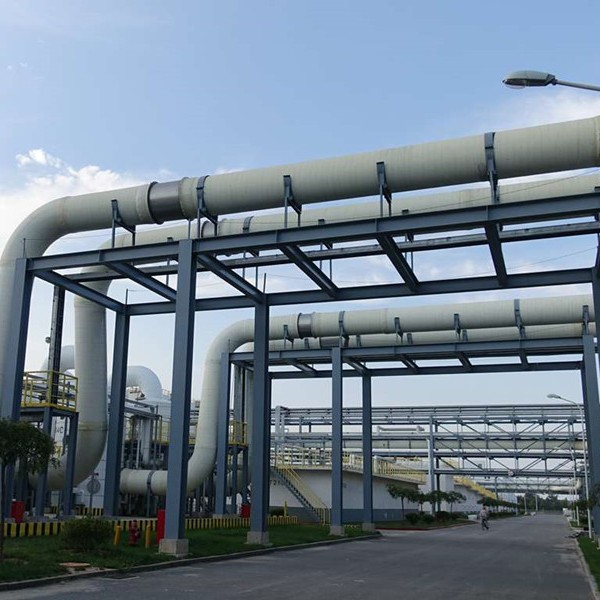
-
 Afrikaans
Afrikaans -
 Albanian
Albanian -
 Amharic
Amharic -
 Arabic
Arabic -
 Armenian
Armenian -
 Azerbaijani
Azerbaijani -
 Basque
Basque -
 Belarusian
Belarusian -
 Bengali
Bengali -
 Bosnian
Bosnian -
 Bulgarian
Bulgarian -
 Catalan
Catalan -
 Cebuano
Cebuano -
 China
China -
 China (Taiwan)
China (Taiwan) -
 Corsican
Corsican -
 Croatian
Croatian -
 Czech
Czech -
 Danish
Danish -
 Dutch
Dutch -
 English
English -
 Esperanto
Esperanto -
 Estonian
Estonian -
 Finnish
Finnish -
 French
French -
 Frisian
Frisian -
 Galician
Galician -
 Georgian
Georgian -
 German
German -
 Greek
Greek -
 Gujarati
Gujarati -
 Haitian Creole
Haitian Creole -
 hausa
hausa -
 hawaiian
hawaiian -
 Hebrew
Hebrew -
 Hindi
Hindi -
 Miao
Miao -
 Hungarian
Hungarian -
 Icelandic
Icelandic -
 igbo
igbo -
 Indonesian
Indonesian -
 irish
irish -
 Italian
Italian -
 Japanese
Japanese -
 Javanese
Javanese -
 Kannada
Kannada -
 kazakh
kazakh -
 Khmer
Khmer -
 Rwandese
Rwandese -
 Korean
Korean -
 Kurdish
Kurdish -
 Kyrgyz
Kyrgyz -
 Lao
Lao -
 Latin
Latin -
 Latvian
Latvian -
 Lithuanian
Lithuanian -
 Luxembourgish
Luxembourgish -
 Macedonian
Macedonian -
 Malgashi
Malgashi -
 Malay
Malay -
 Malayalam
Malayalam -
 Maltese
Maltese -
 Maori
Maori -
 Marathi
Marathi -
 Mongolian
Mongolian -
 Myanmar
Myanmar -
 Nepali
Nepali -
 Norwegian
Norwegian -
 Norwegian
Norwegian -
 Occitan
Occitan -
 Pashto
Pashto -
 Persian
Persian -
 Polish
Polish -
 Portuguese
Portuguese -
 Punjabi
Punjabi -
 Romanian
Romanian -
 Russian
Russian -
 Samoan
Samoan -
 Scottish Gaelic
Scottish Gaelic -
 Serbian
Serbian -
 Sesotho
Sesotho -
 Shona
Shona -
 Sindhi
Sindhi -
 Sinhala
Sinhala -
 Slovak
Slovak -
 Slovenian
Slovenian -
 Somali
Somali -
 Spanish
Spanish -
 Sundanese
Sundanese -
 Swahili
Swahili -
 Swedish
Swedish -
 Tagalog
Tagalog -
 Tajik
Tajik -
 Tamil
Tamil -
 Tatar
Tatar -
 Telugu
Telugu -
 Thai
Thai -
 Turkish
Turkish -
 Turkmen
Turkmen -
 Ukrainian
Ukrainian -
 Urdu
Urdu -
 Uighur
Uighur -
 Uzbek
Uzbek -
 Vietnamese
Vietnamese -
 Welsh
Welsh -
 Bantu
Bantu -
 Yiddish
Yiddish -
 Yoruba
Yoruba -
 Zulu
Zulu
frp chemical product
Understanding FRP Chemical Products Applications and Benefits
Fiber Reinforced Polymer (FRP) chemical products have gained significant recognition in various industries due to their exceptional properties and versatility. Comprising a polymer matrix reinforced with fibers, usually glass, carbon, or aramid, FRP composites provide superior strength-to-weight ratios, corrosion resistance, and durability. These attributes make FRP a preferred choice in sectors such as construction, transportation, marine, and aerospace.
One of the primary advantages of FRP materials is their outstanding strength and lightweight nature. This unique combination allows for reduced structural weight without compromising strength, making FRP products ideal for applications such as bridge components, building facades, and aircraft parts. For instance, in the construction industry, FRP reinforcements can significantly enhance the load-bearing capacity of concrete structures while minimizing the overall weight, which can lead to cost savings in materials and labor.
Understanding FRP Chemical Products Applications and Benefits
In addition to their physical properties, FRP materials offer design flexibility. They can be manufactured in various shapes and sizes, enabling engineers and designers to create complex geometries that traditional materials cannot achieve. This characteristic is particularly beneficial in the aerospace industry, where customized components are often necessary to optimize performance and reduce drag.
frp chemical product

Another significant benefit of FRP chemical products is their improved thermal and electrical insulation properties. This makes them an excellent choice for electrical applications, such as insulators in power transmission and distribution systems. The lightweight nature of FRP also aids in optimizing energy consumption, making it an environmentally friendly option in many applications.
Sustainability is an increasingly important factor in materials selection, and FRP products present an opportunity for more sustainable practices. The impressive durability of FRP contributes to its long service life, which means less frequent replacement and lower resource consumption. Additionally, many FRP composites can be designed for recyclability, which aligns with the global push towards a circular economy.
However, it is essential to recognize that while FRP offers numerous advantages, there are also challenges associated with its use. One concern is the cost of raw materials and production processes, which can be higher than those of traditional materials like steel or concrete. Furthermore, the bonding between the fiber and matrix is crucial for optimal performance; any inconsistencies can lead to failures. Thus, ensuring high-quality manufacturing processes is vital for the successful application of FRP products.
As research and technology advance, the potential for FRP chemical products continues to grow. Innovations in manufacturing techniques and materials composition are expected to lead to even greater capabilities and applications of FRP in the near future. These developments may help mitigate some of the existing challenges, making FRP an increasingly attractive option for various engineering and construction projects.
In conclusion, FRP chemical products represent a significant advancement in materials science, offering a combination of strength, lightweight design, corrosion resistance, and sustainability. Their diverse applications across multiple industries exemplify their growing importance in modern engineering. As we move towards a future that prioritizes efficiency and sustainability, FRP materials are likely to play a pivotal role in shaping innovative solutions to meet the demands of both industry and society.
Latest news
-
Exploring the Benefits of Top Hammer Drifter Rods for Enhanced Drilling PerformanceNewsJun.10,2025
-
High-Precision Fiberglass Winding Machine for GRP/FRP Pipe Production – Reliable & Efficient SolutionsNewsJun.10,2025
-
FRP Pipes & Fittings for Shipbuilding - Corrosion-Resistant & LightweightNewsJun.09,2025
-
Premium FRP Flooring Solutions Durable & Slip-ResistantNewsJun.09,2025
-
Premium Fiberglass Rectangular Tanks Durable & Lightweight SolutionNewsJun.09,2025
-
Tapered Drill String Design Guide Durable Performance & UsesNewsJun.09,2025









